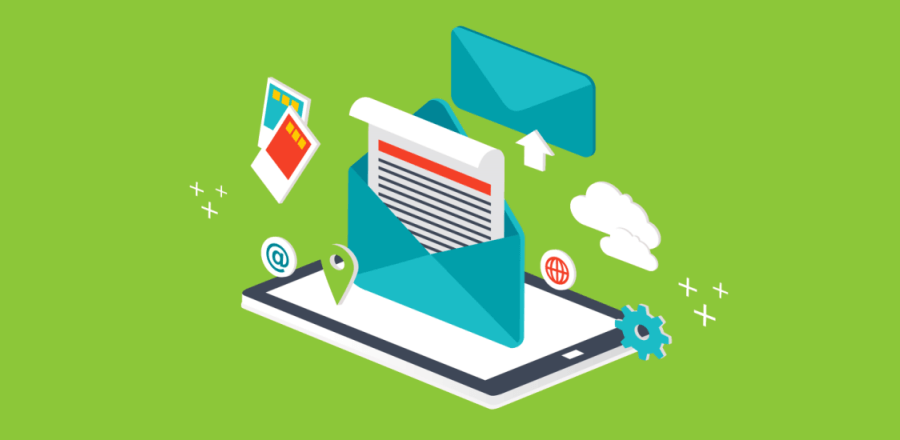The product lifecycle is an odyssey, and communication at each stage is pivotal for brands looking to foster loyalty and drive retention. At the heart of this lifecycle communication strategy are replenishment emails, an often-underutilized tool that can significantly impact customer retention. Here's a deep dive into the role these targeted messages play in keeping your customer base engaged and loyal.
Introduction to Product Lifecycle Emails
Before diving into replenishment emails, it’s important to understand product lifecycle emails as a whole. These are emails sent at different stages of a customer's journey with a product—from the welcome series post-purchase to the win-back campaigns if engagement drops. Each email is tailored to the particular phase the customer is in, with replenishment emails acting as a critical touchpoint.
The Strategic Timing of Replenishment Emails
Timing is everything. Sending a replenishment email too early or too late can result in missed opportunities. Analyzing customer data allows companies to predict when a product is about to run out, triggering an email that hits the sweet spot of timing, increasing the likelihood of a repeat purchase.
Identifying the Perfect Moment
Customers appreciate reminders when they are most relevant. For consumables, this might be just before the product is set to run out; for durable goods, it could be when a maintenance check or upgrade is due.
Regular Engagement
Replenishment emails keep the conversation going between a brand and its customer, ensuring that the product—and the company—remains top-of-mind.
The Content That Nurtures
Content in replenishment emails should do more than just nudge the customer to buy again; it should also provide value and nurture the relationship.
Educate and Inform
Customers should feel that every email adds to their knowledge. Tips on maximizing product lifespan or making the most out of their purchase can be very effective.
Personalized Recommendations
Use data to offer personalized recommendations for other products or services that complement what they have already purchased, enhancing their experience.
Building a Sustainable Retention Strategy
Replenishment emails are not a one-off tactic; they’re part of a broader retention strategy that views customer engagement as a long-term relationship.
Data-Driven Insights
Leverage customer data to refine and personalize email campaigns continually. The more tailored the message, the stronger the connection.
Loyalty Incentives
Encourage continued engagement by incorporating loyalty rewards into your replenishment emails. This could be in the form of points, discounts, or early access to new products.
Measuring Success Through Engagement and Retention
The success of replenishment emails can be measured in various ways, but engagement and retention metrics will be the most telling. Track how these emails affect repeat purchase rates and customer lifetime value.
A/B Testing for Optimization
Experiment with different subject lines, email formats, and timing to see what resonates best with your audience and leads to higher engagement.
Feedback Loops
Encourage and monitor customer feedback to understand how your replenishment emails are received. This can provide valuable insights for future campaigns.
Conclusion: Cultivating Loyalty with Every Cycle
Replenishment emails are a golden thread in the fabric of product lifecycle communications, weaving together moments of purchase, usage, and repurchase. They serve as gentle reminders, personalized nudges, and loyalty builders that, when executed thoughtfully, enhance the customer's journey and cement their relationship with your brand. Through strategic timing, valuable content, and a focus on retention, replenishment emails can turn the routine act of repurchasing into an engaged and loyal customer base.



